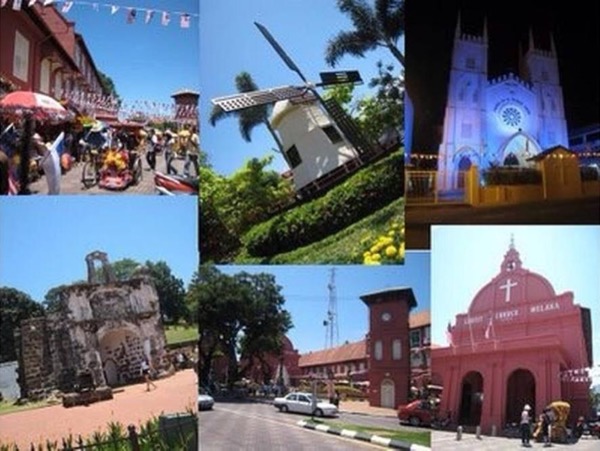Zoo's success with wild dogs
By HANIS MAKETAB
AYER KEROH
hzmak@nst.com.my
Malacca Zoo boasts of first dhole pups born in captivity in Malaysia

Visitors to Malacca Zoo have the opportunity to see rare dholes, including the first pair of pups born in captivity in Malaysia in August last year. Pic by Mohd Jamah Nasri
1 / 1
Malacca Zoo welcomed the first dhole pups born in captivity in the country recently.
Zoo director Ahmad Azhar Mohammed said the pups -- a male and a female -- were born in August last year and were now six months old.
"We (Malacca Zoo) had received our first dhole, a male, in 2008 from Terengganu while the second dhole, a female, had been sent to us from Zoo Negara in 2010.
"Soon after, the pair mated and... here they are," he told the New Straits Times, gesturing at the pups.
The pups, which had already grown to be nearly as big as their parents, bounded about in their enclosure, perhaps excited by all the attention they were getting from the photographer.
Often, they would approach the chain-link fence separating them from the public, sniffing curiously at those brave enough to come close to them.
Unlike dogs, they did not bark, but rather, let out a high-pitched whining noise or brief yaps.
"Once they are old enough to be separated from their mother, we hope to exchange them with any other zoo that have stock.
"This is to avoid inbreeding."
Ahmad added that in the wild, it was quite rare to come across them, but visitors to the zoo had the opportunity to come and see a family of dholes first-hand.
The dhole, also known as the Asiatic Wild Dog or "anjing hutan", is only found in Asia and Southeast Asia and is classified as "endangered" by the International Union for the Conservation of Nature.
It is estimated that fewer than 2,500 mature individuals remain in the wild and the declining population trend is expected to continue.
The main threats to the species include ongoing habitat loss, depletion of prey base, harassment and possible disease transfer from domestic and feral dogs.
Dholes are unique members of the canid family as they do not fit neatly into any of the sub-families such as foxes or wolf-like dogs and are thus placed in a genus of its own -- cuon.
Scientifically known as the Cuon alpinus, dholes usually have coats that are rusty red in colour with lighter, yellow fur on its underside.
Together with the grey wolf, the African hunting dog and the Amazonian bush dog, the dhole is one of the few dogs that regularly hunts in packs and together are capable of bringing down larger animals such as wild boars and water buffalos, sometimes even tigers.

No comments:
Post a Comment